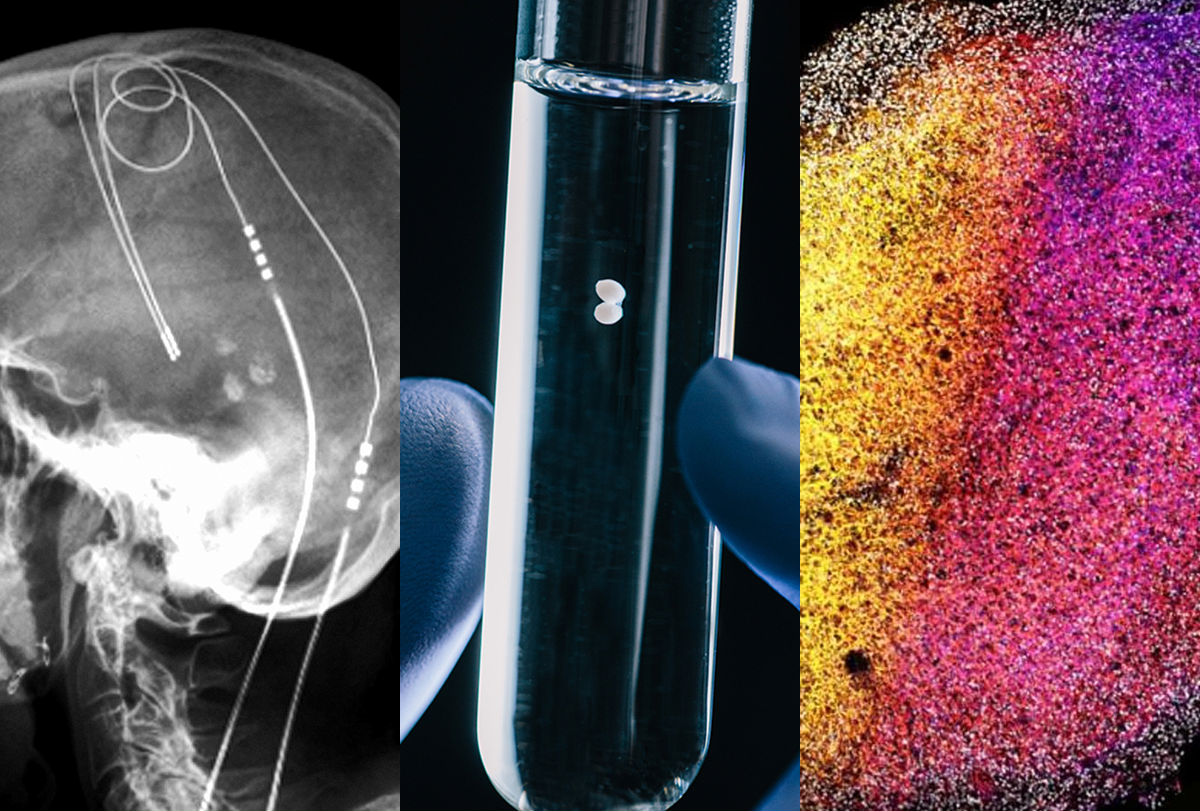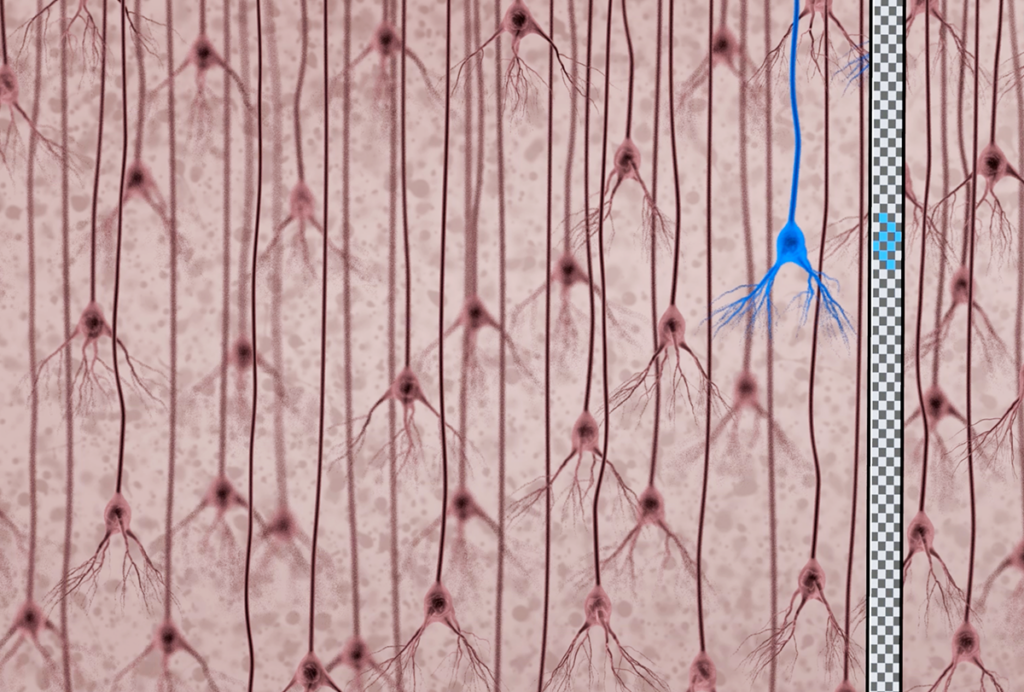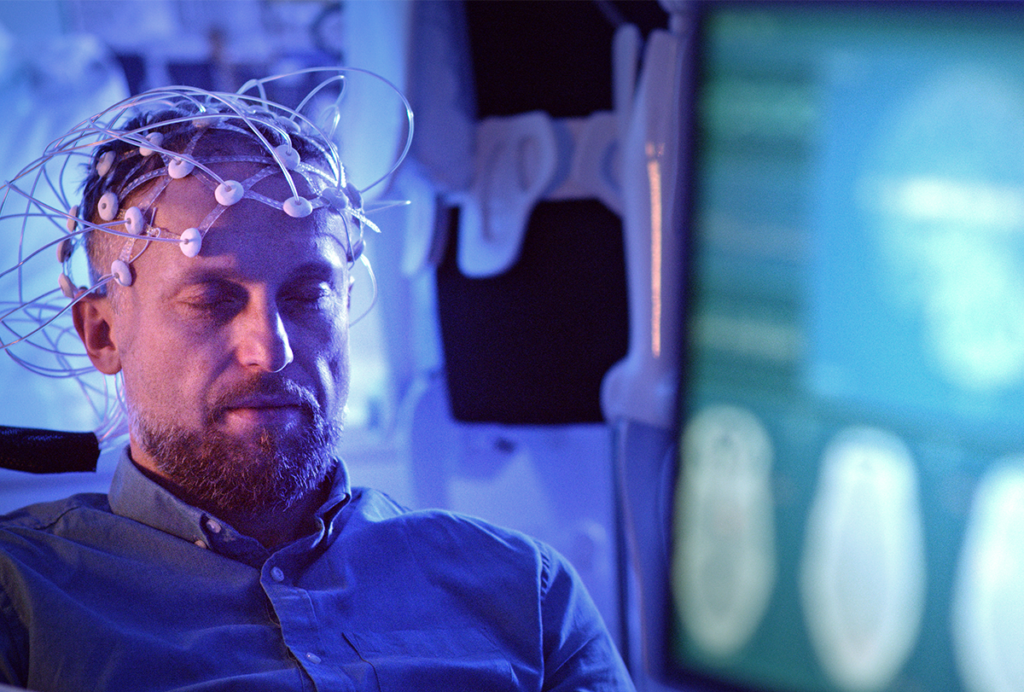When discussing ethical issues in neuroscience, I am often asked, “What makes a brain stimulator different from a heart pacemaker?” I typically start a response with, “If you get a heart transplant, you’re still you, right? If you get a brain transplant, are you still you?”
The human brain is not only biologically special but also culturally special. For more than 2,500 years, people have considered it to be the site from which intelligence and mental life arise. Directly stimulating or intervening with brain function raises distinct ethical issues in both degree and kind. As our ability to interrogate, model and modulate the human brain advances, ethical tensions surface around notions of free will, identity, agency, autonomy and private mental life.
Now only two decades old, the field of neuroethics is dedicated to navigating the unique ethical complexities that arise from neuroscience research. In light of novel neuroscience and neurotechnologies, prominent national and international governing bodies—including the Organisation for Economic Co-operation and Development, the United Nations Human Rights Council, UNESCO and Amnesty International—are engaging in neuroethics conversations, working to create guidance to protect human rights. To ensure informed policymaking, researchers and developers in both academia and industry, as well as ethicists and lived-experience advocates, must be invited to the table. Otherwise, we risk leaving policymakers to independently decipher signal from noise in the frenzy of neuroscience-interested billionaires and self-appointed “experts.”
Neurological disorders affect one in three people worldwide, making neuroscience research and neurotechnological innovation both an ethical imperative and a significant responsibility. Clinical applications drive much of this work, but neurotechnologies are also expanding into workplaces, schools and national defense. For those discoveries to most effectively benefit society, we must proactively address any potential ethical challenges that could undermine them.
O
ne of neuroscience’s most notable recent advances, driven in part by computational science and engineering, is increasingly powerful means of sensing and decoding, which makes it possible to predict someone’s intent from their brain activity—and opens new ethical considerations. By recording from hundreds of individual neurons using electrocorticography, for example, Edward Chang and his colleagues enabled a bilingual study participant with vocal and limb paralysis to communicate in both Spanish and English. With sophisticated microelectrode arrays and processing algorithms, researchers can now decode speech at speeds of 62 words per minute, approaching natural conversation rates. People with implanted brain interfaces can control computers and Amazon Alexa. Even without implanted electrodes, researchers have used functional MRI and EEG to decode perceived or imagined speech.These technologies are powerful, restoring meaningful capacities in those who have devastating injuries or diseases. But they also raise questions about whether the forum internum—our inner worlds, thoughts, feelings and emotions—can be disrupted in ways never before possible. That should give us pause as we consider when these technologies can be most helpful and when they might prove harmful. One study, recognizing potential concerns about mental privacy, explicitly tested whether successful decoding required participant cooperation—it did. But few studies consider these possibilities.
Beyond studying the human brain directly, researchers are developing increasingly sophisticated models using human brain cells, an approach that raises its own ethical concerns.
For example, neural organoids—3D clusters of brain cells grown in vitro—develop spontaneous electrical activity that mirrors human fetal development. This model is an unprecedented way to study the earliest phase of human brain development and even neurodevelopmental diseases, but it also raises questions about what kind of moral regard we should have toward such preparation. Do neural organoids have senses that we might consider morally relevant? Are these tissues, particularly those tied to studies of learning and memory, more intimately tied to the donor’s identity than brain tissue related to motor function or tissue from a different organ, such as the liver? In a 2020 interview, organoid researcher Alysson Muotri shared that his team had updated its consent form to include information about the spontaneous activity and, for the first time, had a family who decided not to participate.
Researchers have since connected multiple organoids into “assembloids” modeling a multi-region brain circuit and implanted them into rodent brains, showing that they influenced the animals’ behavior. These systems undeniably offer opportunities to model, or even engineer, brain development and degeneration—and to explore new therapies. But this research raises questions about what kinds of moral consideration such tissue should receive. A National Academy of Sciences report published in 2021 outlines potential ethical concerns in detail, including whether such systems could develop a kind of consciousness, a term that is itself controversial. It is unclear whether we even have the scientific tools to adequately measure if they possess this capacity. (For more on the ethical discussions around these technologies, see “Is it time to worry about brain chimeras?”)
H
ow can neuroscientists and neuroengineers navigate this evolving landscape responsibly? Our group has created a list of ethical questions to guide researchers in their work as a first step toward ethical and cultural awareness. We co-created these questions through a series of discussions in the context of the International Brain Initiative and our Neuroethics Working Group, guided by scientists, ethicists and cultural scholars from various global brain research initiatives.





